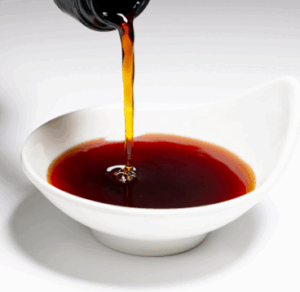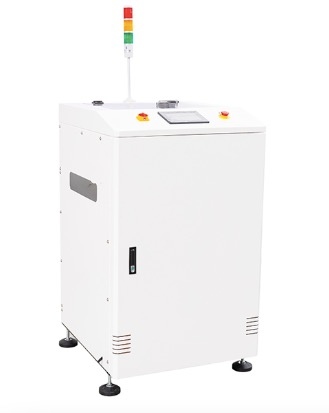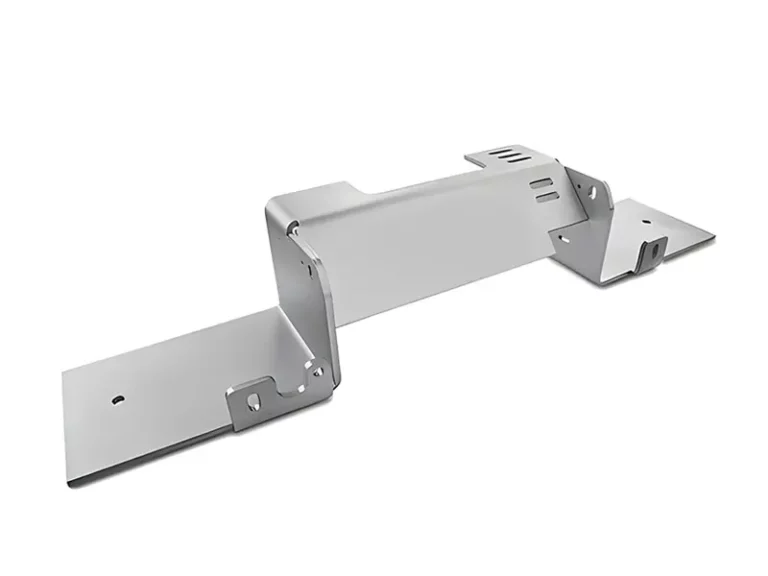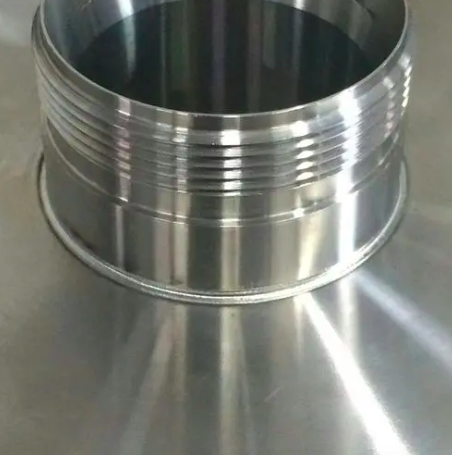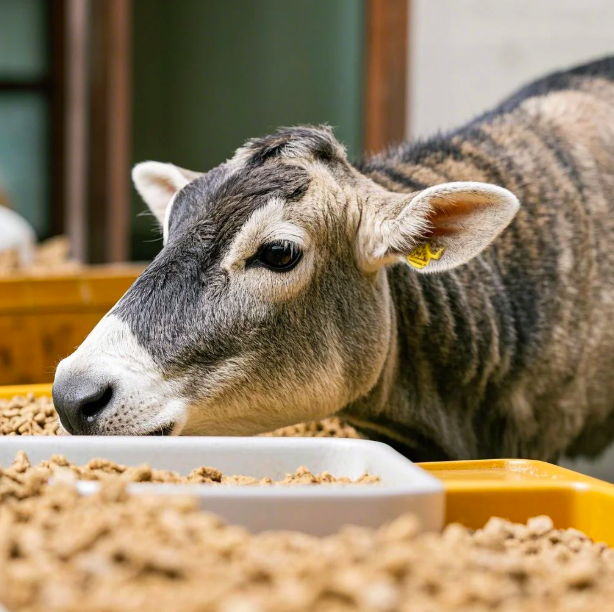目录
Consumers today are more conscious about the quality, safety, and sustainability of the food products they consume—including condiments. Understanding what defines a modern condiment factory helps buyers, retailers, and even end consumers make informed choices. This article breaks down the core features, technological advancements, and quality controls that set today’s condiment factories apart, supported by data and comparative insights.
Core Features of a Modern Condiment Factory
Advanced Production Technology
A state-of-the-art condiment factory integrates automation and precision control across its production lines. Typical equipment includes:
- Automated mixing systemsensuring consistent ingredient blending
- High-speed filling and packaging machineswith accuracy exceeding ±1% per batch
- Sterilization and pasteurization unitsto extend product shelf life safely
For example, factories adopting Industry 4.0 standards often use IoT sensors to monitor temperature, humidity, and viscosity in real-time, minimizing human error and maximizing consistency.
Quality Control and Certification
Quality assurance is non-negotiable. Modern condiment factories adhere to multiple certifications such as:
- ISO 22000 (Food Safety Management)
- HACCP (Hazard Analysis and Critical Control Points)
- BRC Global Standardsfor food safety and quality
- Organic and Non-GMO certificationsfor niche products
Routine quality tests involve microbial counts, pH monitoring, and chemical residue analysis. Factories typically perform over 50 quality checks per batch to comply with national and international standards.
Environmental and Sustainability Practices in a Condiment Factory
Energy and Waste Management
Modern factories prioritize sustainable operations. They employ:
- Energy-efficient machineryreducing power consumption by up to 30% compared to older equipment
- Wastewater treatment systemsrecycling over 80% of water used in production
- Packaging innovationssuch as biodegradable or recyclable materials
For instance, leading condiment manufacturers report cutting their carbon footprint by 15-25% annually through these practices, a key factor influencing consumer trust.
Customization and Product Innovation in a Condiment Factory
Flexible Production Lines
Modern condiment factories cater to diverse markets by offering:
- Small-batch productionfor specialty or seasonal products
- Private label manufacturingwith tailored recipes and packaging
- Rapid formula adjustmentsenabled by digital recipe management
This flexibility allows a condiment factory to serve large retailers and artisanal brands alike, enhancing competitiveness.
Research and Development (R&D)
Investing in R&D enables condiment factories to:
- Develop low-sodium, gluten-free, or vegancondiment options
- Incorporate emerging ingredients like natural preservatives or probiotics
- Conduct sensory testing with consumer panels to refine taste profiles
A robust R&D department often allocates 5-10% of annual revenue to innovation, illustrating its strategic importance.
Condiment Factory vs Traditional Production: A Comparison
| Feature | Modern Condiment Factory | Traditional Production |
| Automation Level | High (IoT, robotics) | Manual or semi-automated |
| Quality Checks | 50+ per batch, multi-point | Basic, spot checks |
| Energy Efficiency | Up to 30% better | Lower efficiency |
| Product Range | Wide, including specialty items | Limited to core varieties |
| Environmental Impact | Wastewater recycling, low carbon | Higher emissions and waste |
Conclusion: The Modern Condiment Factory Advantage
A modern condiment factory combines technology, rigorous quality controls, and sustainable practices to produce safe, consistent, and innovative products. For consumers searching for trustworthy condiments, understanding these factory capabilities highlights why some brands stand out.
When choosing condiments, looking beyond labels to the production process ensures better health, environmental responsibility, and culinary satisfaction. The evolution of condiment factories reflects broader shifts in food manufacturing—prioritizing precision, safety, and sustainability without compromising flavor.
This detailed look at what to expect from a modern condiment factory empowers consumers and business partners alike to make confident, informed choices in today’s competitive condiment market.
0

